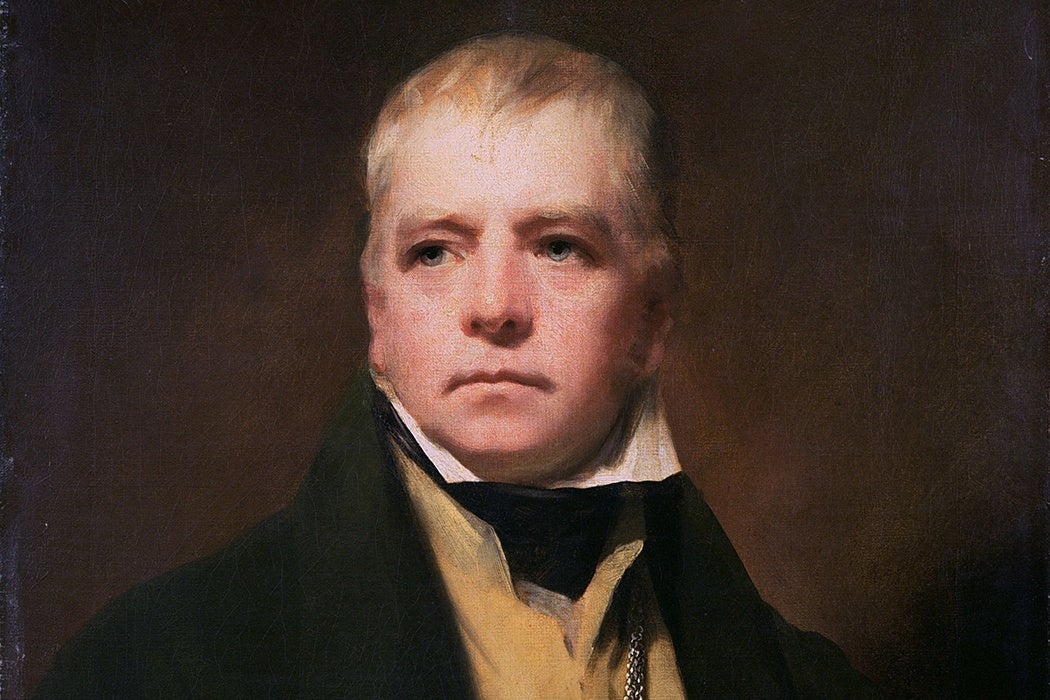In the weeks since the majority of voters in the United Kingdom voted to leave the European Union, the so-called “Brexit” has been relentlessly dissected. But how did the EU come to be in the first place? Robert Crawford argues that European unity is much older than the political union might suggest—and he finds some of its roots in the novels and poetry of Sir Walter Scott.
Born in Scotland in 1771, Scott is best known as the inventor of the historical novel (and author of that required reading standby Ivanhoe). But during his lifetime, Scott’s personal politics were just as influential: Though he clearly supported Scottish independence, he also was a staunchly patriotic Briton who supported the crown.
Scott was educated in a Scotland recently united with England and fed what Crawford calls “a British-accented history of Europe” designed to foster British unity. But despite those influences, he was also deeply affected by European romanticism. In fact, Scott was preoccupied with France. Not only had France been the dominant military power of its day, notes Crawford, but it had been at war with England for at least 20 years of Scott’s life. Crawford characterizes Scott’s interest in and writing about France as “a magnificent gesture of European reconciliation”—one that hinted at the possibility of a united, post-revolutionary Europe.
Like many authors of his generation, Scott explored Europe metaphorically, writing at length about medieval Europeans in an attempt to understand his modern times. Historical fiction gave Scott the ability not just to examine the past, but to test out different identities and sympathies. One of his last novels, Count Robert of Paris, is purportedly about the Crusades and the Byzantine Empire, but it portrays two former rivals—French and English—who become allies. “Such transformations, Scott’s fiction assures us, are possible,” writes Crawford.
Crawford finds the possibility of European union not just in Scott’s subject matter, but in his interest in shifting national boundaries and global tensions. During Scott’s lifetime, Europe itself was in dramatic and often violent flux. His life spanned both the French Revolution, the early stirrings of the Industrial Revolution, and Europe’s reaction to both. Scott’s responses to those changes, writes Crawford, presented readers with a view of “a shifting series of national and international patterns of mutual regard and definition.” More than a century before European union, the author looked at political change on a continental scale.
So would Scott have voted “Remain” if he were alive today? Maybe not: as a Tory and a royalist, he would perhaps have sympathized with “Britain first” sentiments. But while Scott may not have been completely on board with European unity, he was at least able to envision it. “If we cannot straightforwardly label him a ‘European Unionist,’” writes Crawford, “then we can see him as one who encouraged the reconciliatory reimagining of a closer European identity after the Napoleonic convulsions.”







